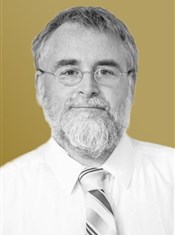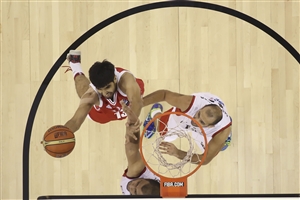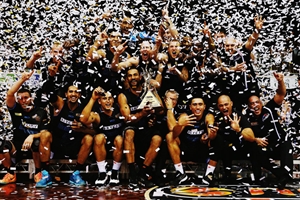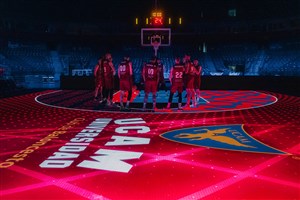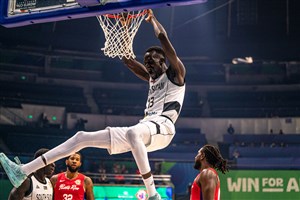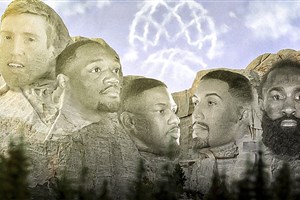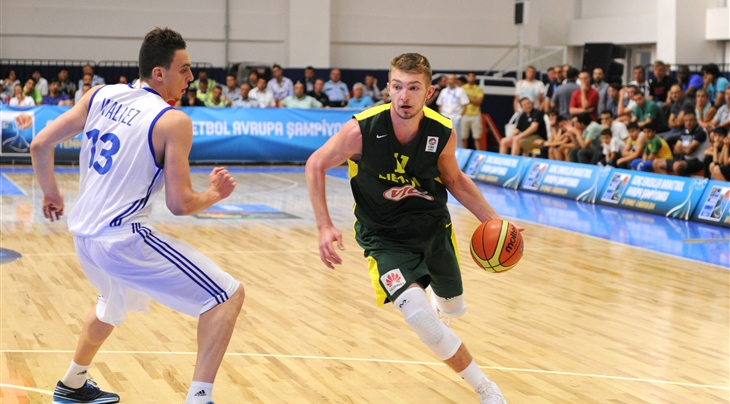
(Even more of) The world is ready for the Big Dance known as March Madness
REGENSBURG (David Hein’s Eye on the Future) - Once again it’s the middle of March and once again it’s time to go dancing - with the NCAA Tournament, aka March Madness.
And once again it’s time for most of the world to look upon the NCAA Tournament with a rooting interest.
Of the 68 teams in the field, a whopping 49 of them have at least one player who does not call the United States their home country. And 31 of those have at least a second international player.
The NCAA Tournament, which tips off in earnest on March 19, has truly become a world wide affair with 40 countries and the territory of Puerto Rico represented in the so-called Big Dance.
The top two countries with the most countries are not really a surprise - Canada with 27 players while Australia have 18 players. But third place is a bit of a surprise as there are nine Nigerians in the tournament. And the next two are Bahamas and Germany - both with five players dreaming of reaching the final on April 6 in Indianapolis.
The recent efforts by the NCAA to clarify their eligibility regulations in regards to players who have played for professional clubs can be seen by the breakdown of the countries with players in the field.
There are players from 24 European countries, many of those players having played with professional clubs but - in accordance with NCAA regulations - not accepted pay to play. That is clearly the leader in number of participants in regards to continents. There are also players from eight African countries and from three South American countries.
Don’t worry, just a couple of more numbers.
While 19 NCAA teams in the field have decided to stay at home in the US for recruiting, more than a few have used the international market extensively.
The leader in that regard is New Mexico State University, who have nine international players on the 15-man roster. There are five players from Toronto, two from Paris and one each from Cameroon and South Africa. That makes up 60 percent of the Aggies’ team roster.
Eastern Washington meanwhile has six players from outside the United States - three Australians and one each from Ukraine, Germany and Serbia. And Gonzaga can match Eastern Washington’s six players with a sextet of their own - three Canadians, one player from Poland, one from Brazil and one Lithuanian.
Of course, the Lithuanian for Gonzaga is Domantas Sabonis, the son of the legendary Arvydas Sabonis. Naturally, Sabonis had his choice of universities to attend before deciding on Gonzaga. Even the big-time programs would have wanted the skilled power forward in their program - even institutions which don’t usually go looking for international players.
But many universities in the United States use the international market as a way to level the recruiting field. Low to mid level schools have no chance of bringing in the elite prospects from the United States. Instead, many schools decide to go the international route, heading to international tournaments such as the annual U16 and U18 European Championships, trying to find talent before they are even eligible to come to college in the States.
Many colleges try to build up relationships with the players in this regard. Sometimes this leads to pipelines of multiple players from the same country going to the same institution - think Australians with St. Mary’s (among other schools) or Canadians with Gonzaga or Germans for a time with Connecticut.
Regardless of how they are getting to the States, more and more international players are going Stateside to combine a free education with high level basketball. And once again like last season, chances are very good that an international player - and their home country - will be celebrating at the end of March Madness.
David Hein
FIBA
FIBA's columnists write on a wide range of topics relating to basketball that are of interest to them. The opinions they express are their own and in no way reflect those of FIBA.
FIBA takes no responsibility and gives no guarantees, warranties or representations, implied or otherwise, for the content or accuracy of the content and opinion expressed in the above article.
